Changing The Status Quo – Sennheiser HD660S Headphones Review
Sennheiser HD600 and HD650 have both been emblems of quality in the audiophile world for almost ten years now, with HD660S coming to change that and bring a new headphone to the table. We’re having a look into what it brings to the table, and into how it changes the headphones that are already loved by thousand of people from all over the world.

Introduction
Sennheiser is probably a name every single music lover has heard about once, be it about their epic headphones, or about their recording instruments, especially their high quality microphones which are iconic now, for both music lovers, film makers, and for basically anyone in need of high-quality audio manipulation equipment. Sennheiser has already proven themselves to be a very trustable and user-friendly company, when they actually helped hundreds of people with their IE800, me being one of them, back when there were some issues with an early batch of IE800. With outstanding support and quality behind, Sennheiser products are generally easy to recommend to anyone, from the most avid music lover to those just starting on this magnifique journey.
It should be noted that I have absolutely no affiliation with Sennheiser, I am not receiving any incentive for this review or to sweeten things out. This review is not sponsored nor has been paid for by Sennheiser or anyone else. I’d like to thank Sennheiser for providing the sample for this review. The sample was provided along with Sennheiser’s request for an honest and unbiased review. This review will be as objective as it is humanly possible, and it reflects my personal experience with Sennheiser HD660S. Every opinion expressed is mine and I stand by it, the purpose of this review is to help those interested in Sennheiser HD660S find their next music companion.
Product Link
You can purchase Sennheiser HD660S from www.amazon.com here: https://www.amazon.com/Sennheiser-HD-660-Audiophile-Headphone/dp/B076HP574T
Packaging
First things first, let’s get the packaging out of the way:
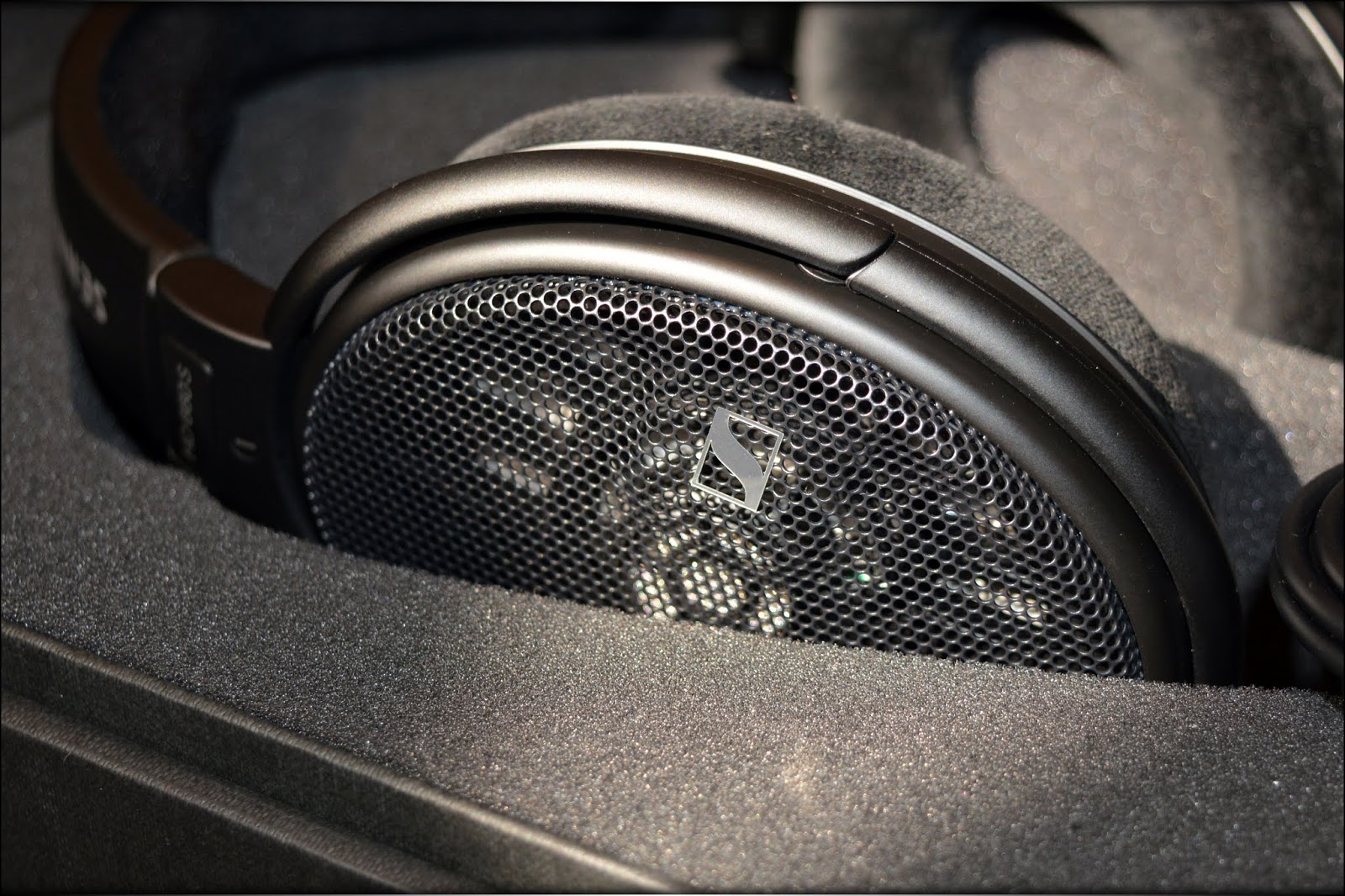
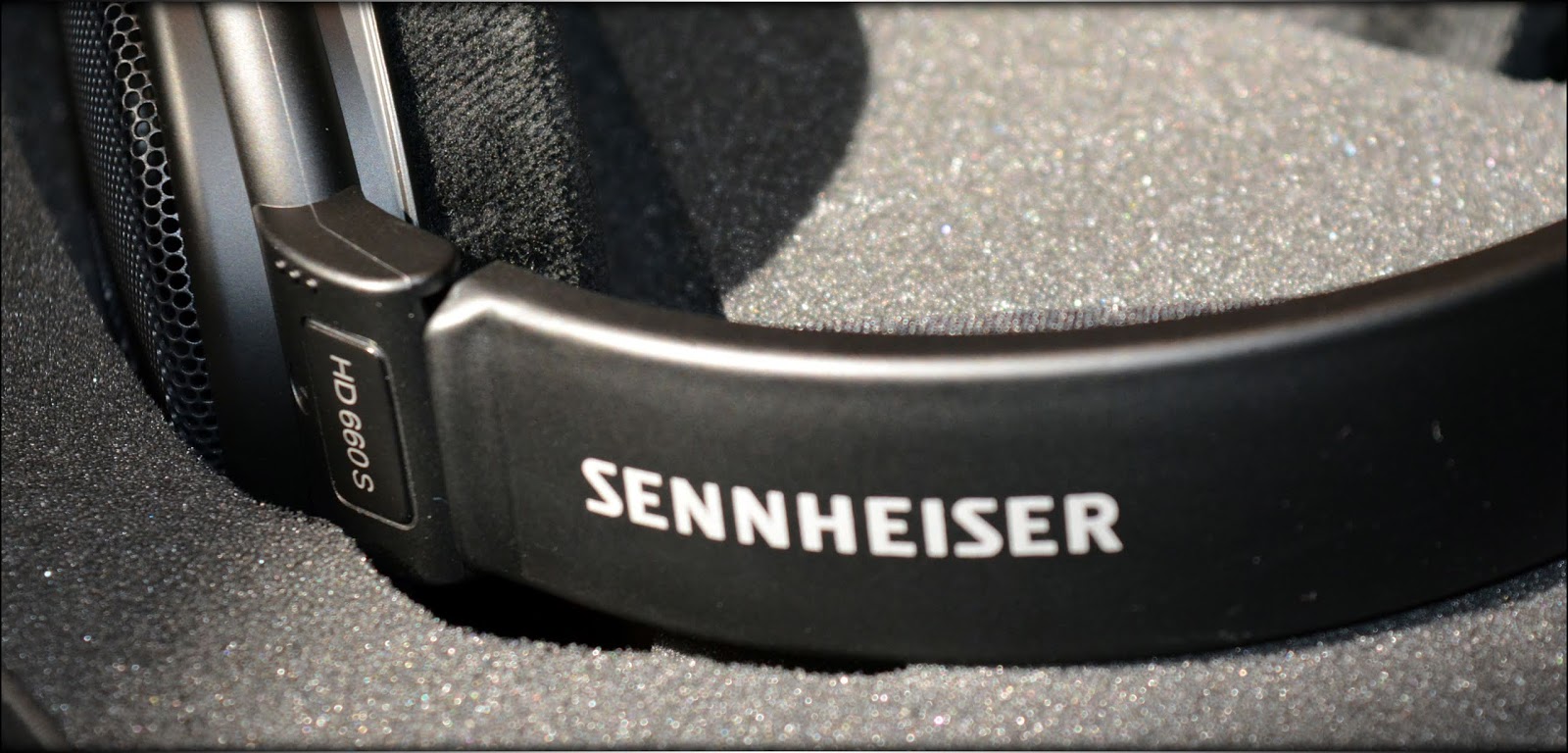
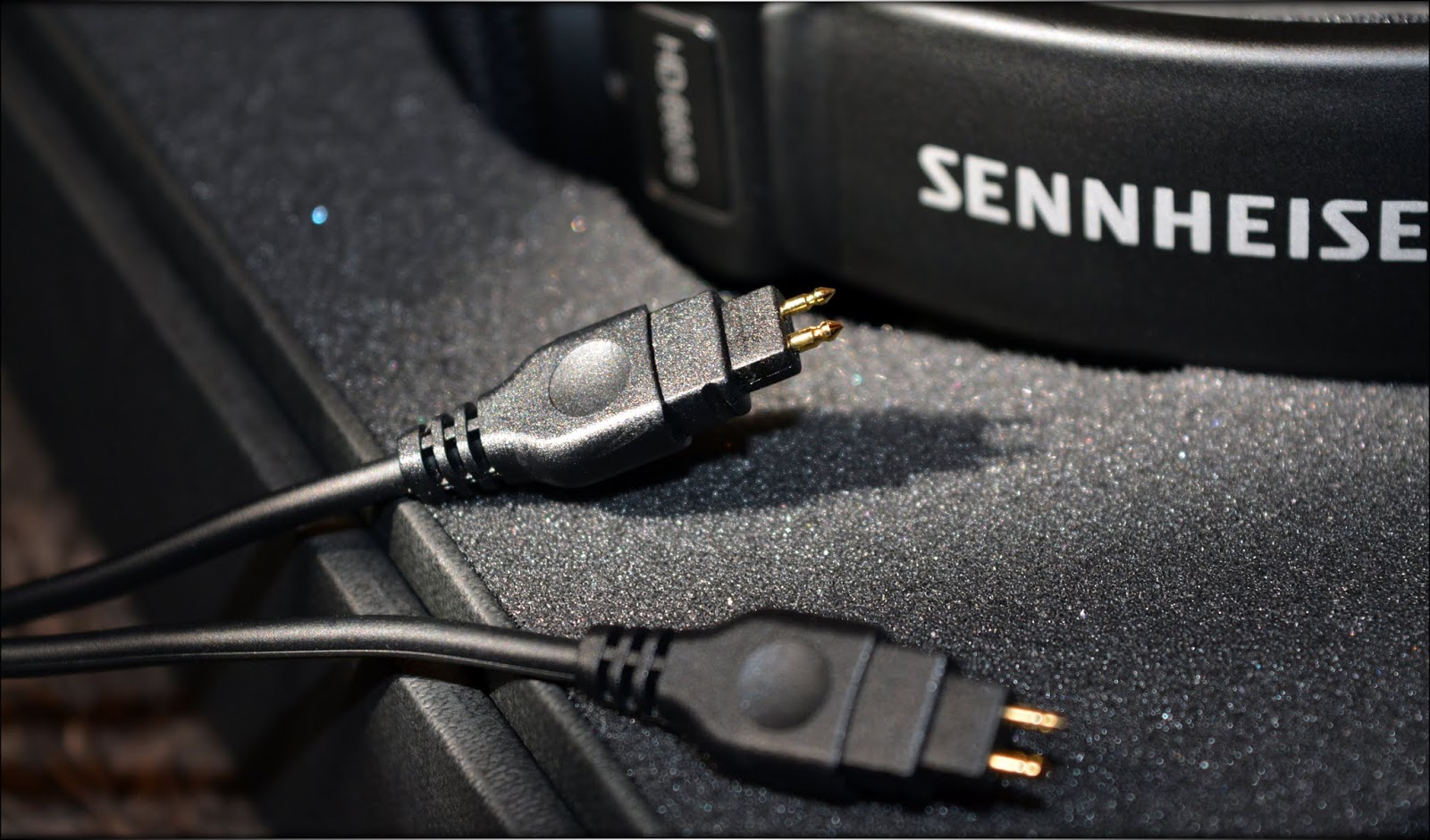
Sennheiser has always been quite glamorous with their packaging, from the HD380Pro I’ve owned about ten years ago, which came in one of the most beautiful packages I had a chance to see back then, up to their latest flagships, like this HD660S, which comes in a pretty complicated, but well thought package.
The main headphone box is made out of cardboard, and inside it you find a hard carrying case, if we can name it a carrying case, but it is more of a storage case. It is quite sturdy and it has a large amount of sponge inside to protect HD660 during transport and storage. The unboxing experience is quite nice, and you know you’re dealing with a high end product when you purchase HD660S.
When it comes to the box contents, it is quite a bit better than I was expecting. You’re getting HD660S, two cables, one terminated in a 6.3mm Single Ended Jack, and one terminated in a 4.4mm Balanced Jack. Sennheiser throws in a 6.3mm to 3.5mm adapter so you can use HD660S with most Players and sources, since both 4.4mm and 6.3mm are pretty exotic connectors at this moment.
There are manuals included with HD660S, thing which is quite lovely, and there is a little bonus 7-day bonus membership to a live concert site in the package.
The package doesn’t include spare pads, or anything else, thing which might be a little disappointing, but the headphones come with everything you might require to fully enjoy them, and while we’d like to see at least one set of spare pads included with headphones in this price range, we can’t complain about the package not being good enough.
Technical Specifications
Impedance – 150 Ω
Connector – 6.35 mm / 4.4 mm Pentaconn
Frequency response – 10 – 41,000 Hz (-10 dB)
Sound pressure level (SPL) – 104 dB at 1V 1kHz
Ear coupling – Over-ear (circumaural)
THD + N, total harmonic distortion and noise – < 0,04% (1 kHz, 100 dB)
Transducer principle (headphones) – Dynamic, open
Weight w/o cable – Approx. 260 g (without cable)
Build Quality/Aesthetics/Fit/Comfort
Starting with the build quality, HD660S is quite sturdy. One thing that really feels different when switching from Audeze LCD-MX4 to HD660S is the weight, HD660S is incredibly light, and even in comparison to something lighter, like Ultrasone Signature DXP / Signature Studio, they still feel quite a bit lighter.

Of course, this may not be best for all users since weight can add to the feeling of rigidness and reliability of a product, but still, it is impressive that Sennheiser managed to pull this off.
The build quality includes mostly plastic, Sennheiser HD660S has some other materials that are not plastic, like for example the drivers, or the grills on the drivers / the padding, but this shouldn’t be taken negatively, since there are plastics that can resist to extreme amounts of weight and pressure.

The aesthetics will be somewhat familiar to those who’ve seen a HD600 or HD650 before, as HD660S is quite similar in shape and design to those two. The main largest difference is that HD660S comes in the color black, and they have a matte surface, compared to the glossier HD650. HD66S is also black compared to the textured / colored variants of HD650 and HD600. The headphone is mainly defined by a large pad, with the driver in the center. The driver is protected by metallic grills, and it is quite large in size. The Sennheiser branding can easily be noticed all over the headphone, and this is quite welcome as their logo looks pretty sleek and sexy.
The driver has multiple layers of protection, but none of them seals the driver, as Sennheiser HD660S is an open headphone to the largest extent of it.
On this note, they are more open than either Audeze LCD-MX4 or Beyerdynamic Amiron which we reviewed before, HD660S leak quite a bit more sound and they isolate less than either of those two models.
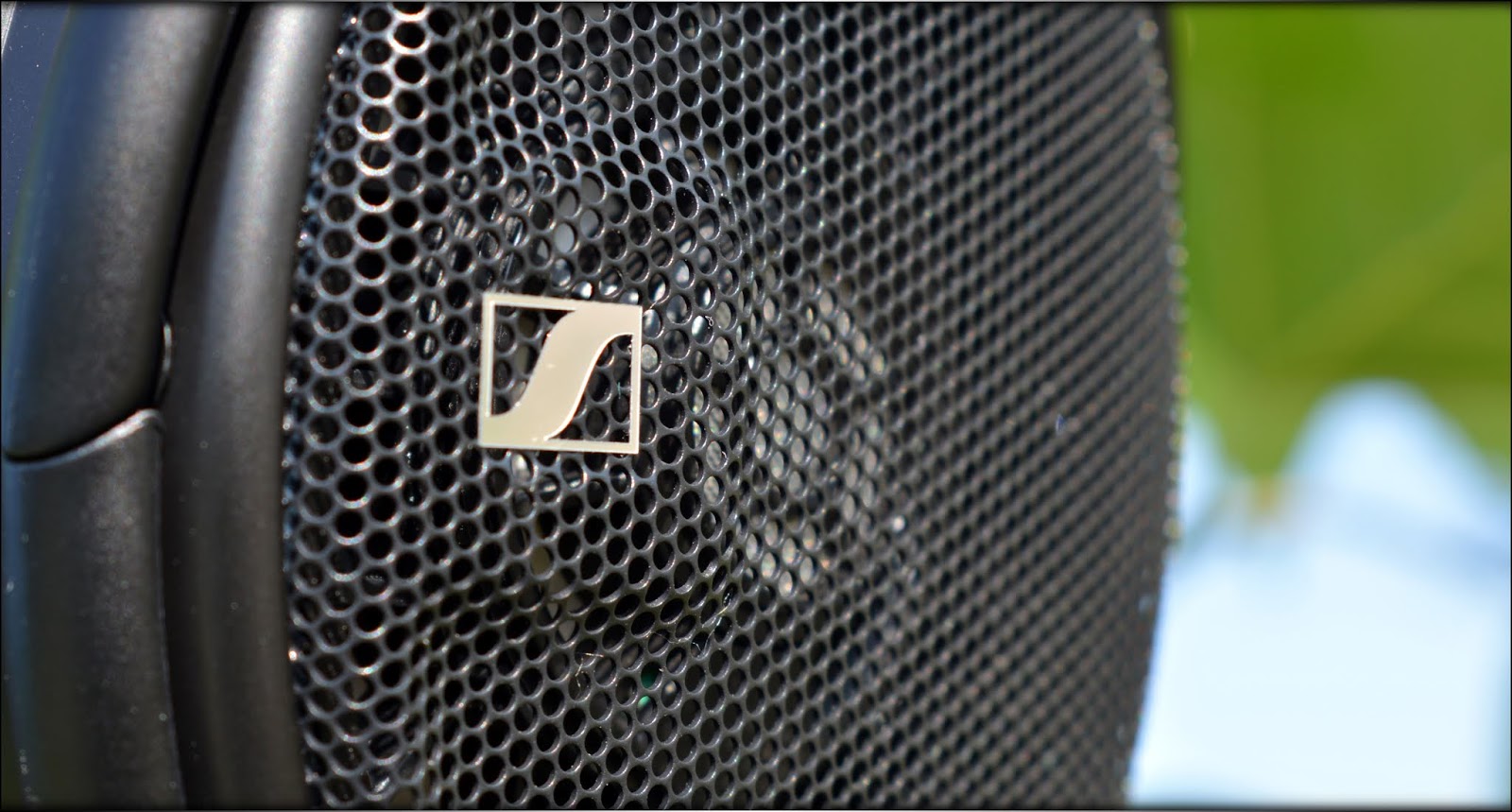
The fit and comfort depends a little on how much time you give them. Out of the box, HD660S is quite tight and their fit is quite tight on the head, and while this might mean that they won’t be fully comfortable for any head, it also means that they are pretty secured in place, you can bang your head quite a bit without them falling off your head, and you can do quite a bit of movement without fear that they’ll fall.

It is a known fact that HD6XX series headphones become quite a bit more comfortable with some wear, and we are able to confirm this, after wearing them for a few weeks they can get so comfortable that you may forget they are on your head. The earpad width is large enough for most ears, but it is quite a bit smaller than that of Amiron, for example, which is quite a bit larger. The earpad material, on the other hand, is really nice to the touch, pretty soft, but with a texture, allowing for an excellent overall comfort.
Sound Quality
The sonic performances of HD660S are quite impressive, as much as you’d expect from a successor of the highly acclaimed HD650 and HD600.

We feel like we should talk a bit about HD600 and HD650 and their sonic quality before proceeding with our HD660S sound analysis as most readers are probably quite curious about those two as well.
HD600 is the first of the three to have entered the market. Sonically speaking, it is the quickest, the fastest, the most accurate, and the most neutral. Its sound can be described as mostly neutral, musical, very very natural in the midrange, with a well-expressed treble, and just a very impressive overall sonic performance. There’s very little to fault when it comes to HD600, but if there is something that some listeners wanted, that was more bass, and a thicker sound.
This is where HD650 entered the scene. HD650 is thicker, slower, smoother, leaner and considerably darker than HD600. Some people felt that HD650 answered their question like the song of an Angel, while others, especially those who were quite comfortable with HD600, felt that HD650 wasn’t quite the improvement they expected as the sound felt a bit veiled and maybe a touch too dark in comparison.
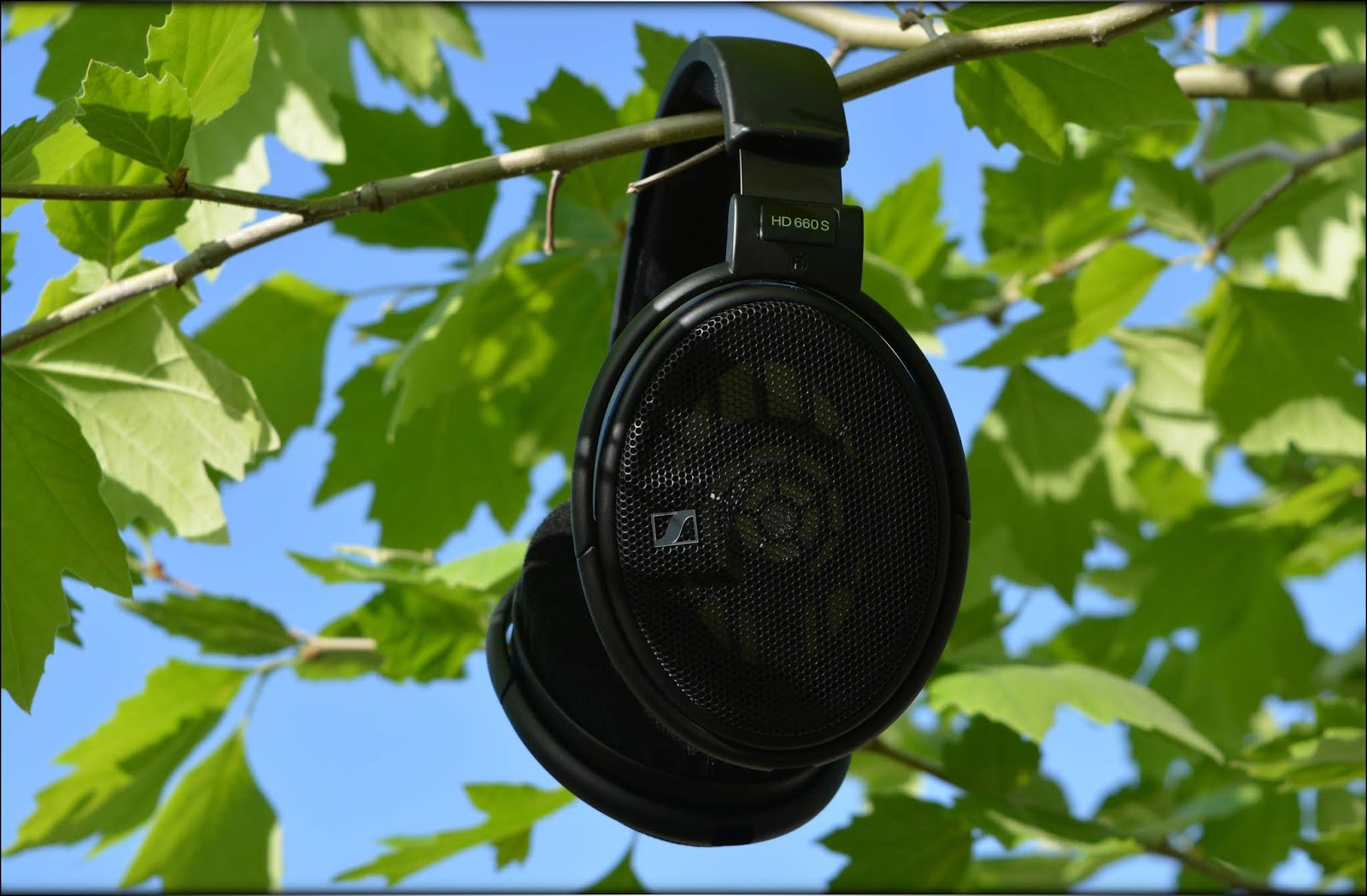
For rock and metal listeners, along with most Electronic music fans, HD600 was still the top choice, they kept that quick PRaT and texture, along with their incredible detail and naturalness, and most importantly, the energy. HD650, on the other hand, won over those who find a delight in classical music, in orchestral, and in Jazz, with their smoother and leaner nature, as HD650 is one-of-a-kind headphone if you’re looking to relax and to feel euphoric with your music.
The basic signature can be described as slightly dark compared to something fully neutral, but not overly so. It is warmer and more musical than something like HD600, it has more detail, more clarity, and it has better definition than HD650. It would be more of a headphone to satisfy both the users who love HD600 and those who love HD650, bringing forward the best of both worlds.
Starting with the bass of HD660S, it is a clear, clean and snappy bass. It has excellent speed and clarity, but it is not a basshead oriented bass. It has enough speed to make you tap your feet, it has enough body to give music an interesting presentation, but it isn’t quite a lot in amount, being quite close to what would be considered a neutral bass. This is not something negative in any way, and in fact, it could be considered a strong point of HD660S, but it should be noted that if you’re craving large amounts of bass, there are headphones that provide much higher amounts of bass.
The midrange of HD660S is quite clear, well expressed and natural. In fact, this has been something quite noticeable about Sennheiser headphones in general, and especially of this series, but they manage to get a really true-to-life tone for their midrange, thing which is quite lovely for any kind of music you’ll be playing from them. Rich is a good way to talk about the midrange of HD660S, and even if you prefer a presentation that is slightly different, trying HD660S at least once might open your eyes to a new signature.
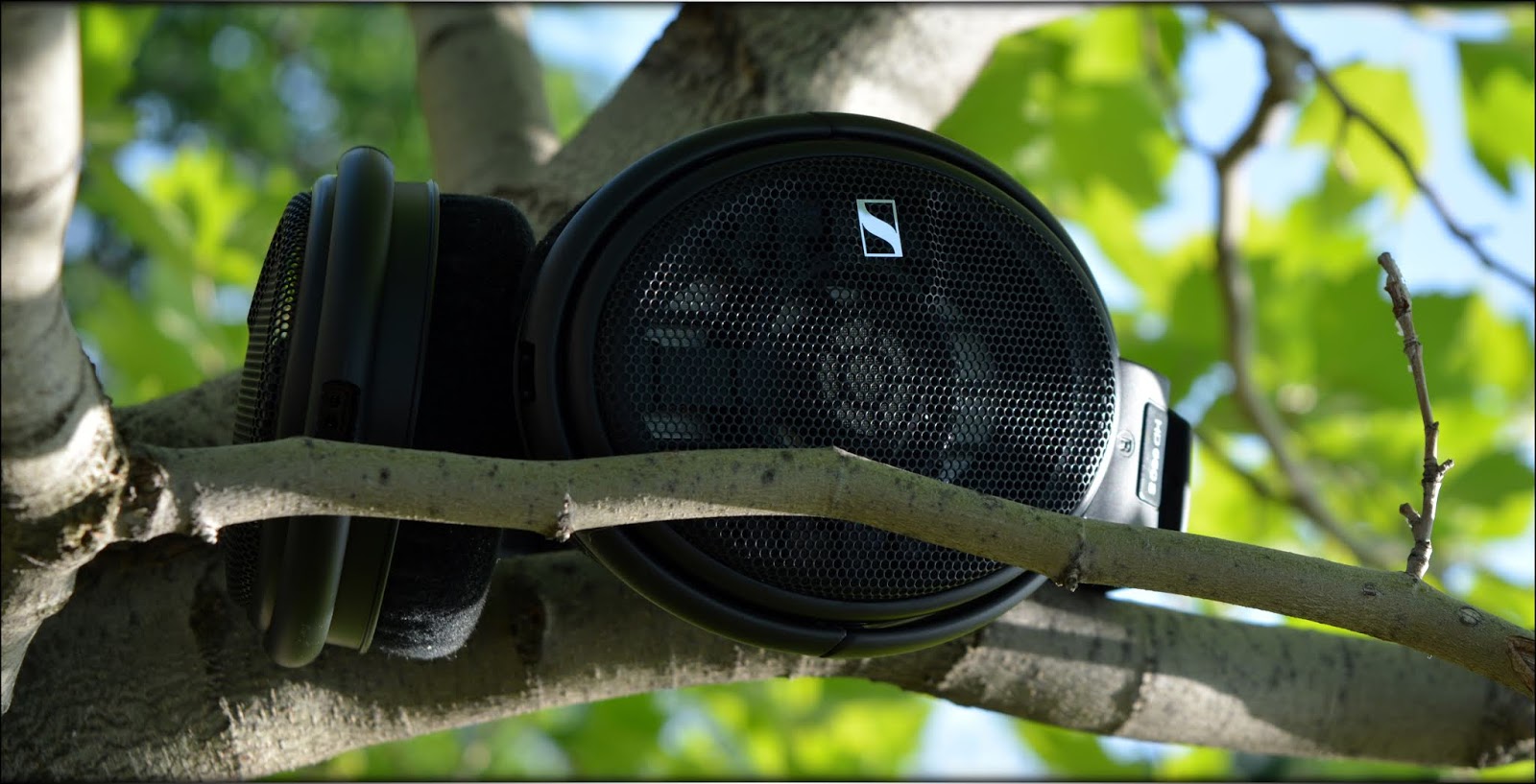
When it comes to its treble, HD660S is quite energetic and bright. This is not a negative point, since brightness in music is quite welcome, especially with rock, metal, pop and electronic. There is a little bit of treble grain, especially if you’re comparing it to something with much less grain, like LCD-MX4, but then, if you’re a fan of rock and pop and metal music, you’re almost surely going to be enhancing the treble response with a good few dB’s anyway via your favorite EQ.
We’ll talk a bit more about pairing in the pairing section of HD660S, but it should be noted that it eats quite a bit of power, and even if it is easier to drive than its bigger brothers, it still will play much better from a desktop source, most portable sources, even the best digital music players, being only borderline enough to pull the same results as a desktop source. For example, with Hiby R6, you might keep it at 100% volume, without any EQ engaged, and still feel that they aren’t quite loud enough. It still is easier to deal with than its bigger brothers, who are even more picky when it comes to their sources, and both HD650 and HD600 require quite a bit more power than HD660S.
Equalizing
While we don’t know Sennheiser’s input in Equalizing their headphones, we always provide those were we’re able to. The main thing that we felt would be welcome to add to Sennheiser HD660S was a touch more bass (and a lot more bass for certain music types), along with more treble. Happily, the Sennheiser driver technology is quite good and it can be equalized quite a bit without losing definition and without introducing distortion.
The main EQ profiles we’d apply on HD660S varied with the source used, and they usually have been like this:
31Hz + 6.3dB
62Hz + 3.5dB
16kHz + 7dB
Everything else is left at default, the master is usually brought at least at -7dB to avoid clipping.
This is pretty much it, but this will vary a lot with different sources since you can get a widely different signature form HD660S from different sources, so this profile won’t be quite that universal in the end.
Soundstage
The soundstage of HD660S is aided by the fact that they are fully open, but the soundstage itself is not quite as large as other open back headphones. It is rather, a more intimate soundstage, with a great exposition of detail and layering but without going very wide. The depth is fairly good.
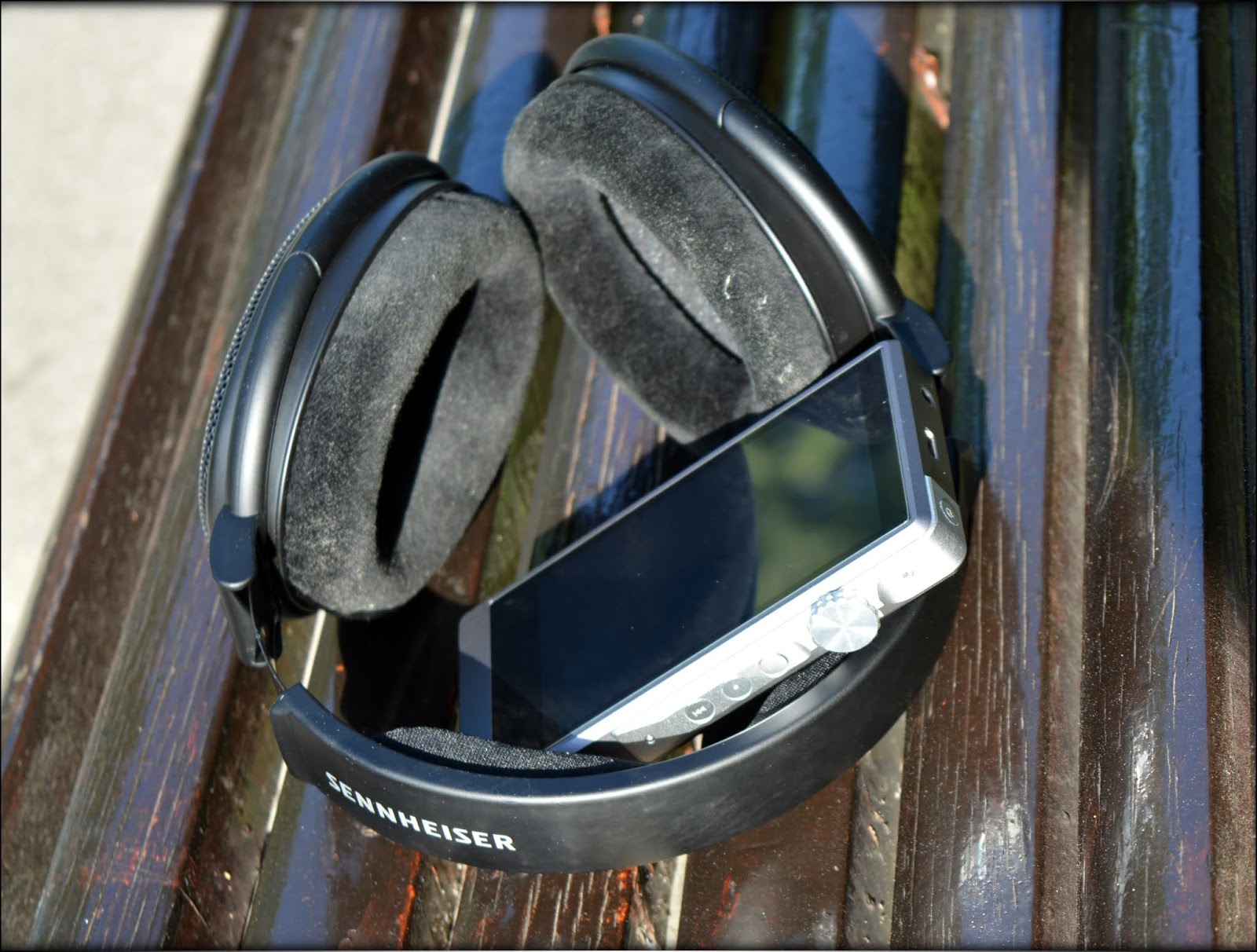
The main thing that defines HD660S when it comes to its soundstage would be called naturalness. While it isn’t quite that impressive or that extended, like Sennheiser does with their HD800 series (the widest sounding headphone), the HD600 series has a naturalness that surely works well, especially for music like Jazz, acoustic and even for Rock and Metal, where the wall-of-sound is achieved fairly well.
The instrument separation and layering is fairly good, and on par with other headphones priced similarly. Sennheiser’s own IE800 is where we consider the best layering and instrument separation to be, so once again, Sennheiser managed to do some amazing things with other models. The trick is that HD660S doesn’t try to be quite precisely the same thing as IE800 or HD800, instead continuing where HD650 and HD600 left off. Compared, HD600 sounds similarly wide and deep, while HD650 feels more intimate and less wide than HD660S.
ADSR / PRaT
The ADSR and PRaT (Texturization) of Sennheiser HD660S are quite good. The sound is generally snappy and quick, the transient response is fairly well. Since there are lots of precise measurements online, you can get a pretty good idea of how things are, but we’d like to note this, the transient response can change quite a big with the source, so it can go from fairly natural, kinda like HD650, to pretty quick and textured, like HD600. They tend to sound a little more refined than HD600, where they bring a little refinement over HD600’s textures, but HD660S usually stays ahead of HD650 in terms of speed and texture definition.
Portable Usage
Now, HD660S is not a portable headphone. Even trying to consider them to be one is wrong. We did take them on a little adventure in the Izvor Park in Bucharest to test this, but they still are not quite that portable, they would probably fit best with your favorite desktop and armchair setup.
The main fact that stops them from being portable is that they have a hunger for power, being hard to drive and picky about the source, they come with long cables, and it can be somewhat complicated to find good replacement cables that are shorter, and their cables are not as easy to tuck away as those of LCD-MX4, and HD660S is fully open.
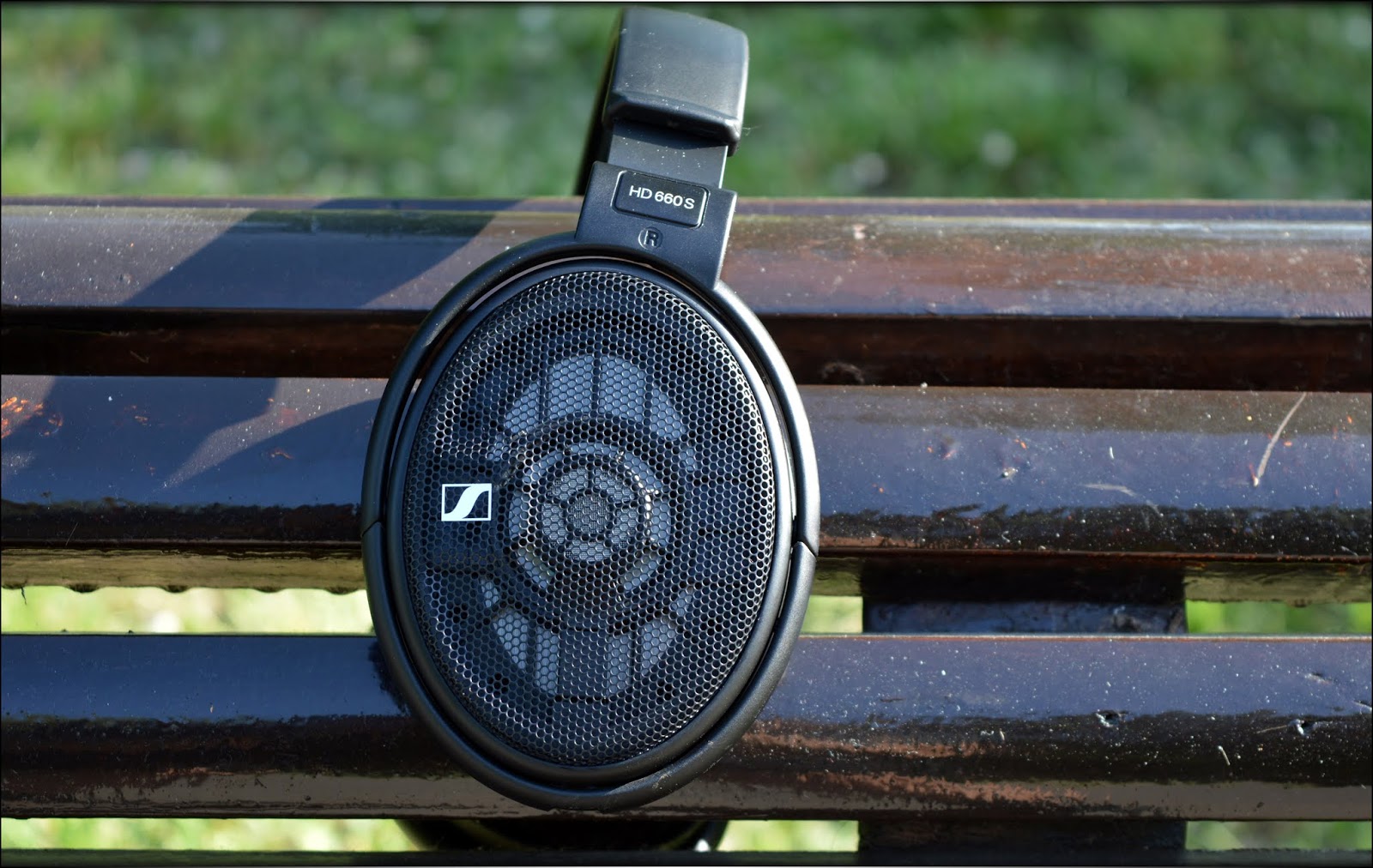
Where even Audeze LCD-MX4 is somewhat portable, and we were able to use it portable, HD660S is probably best kept inside and used there. Their pairing with desktop-class AMPs and DACs means that you’re going to get the best results as such, and besides iBasso DX200 and DX150 paired with AMP4S and driving HD660S in 4.4mm balanced mode, we’d probably stay with something that is also desktop-classed as AMP, like iFi iDSD Micro Black Label, Burson Play, or Sennheiser HDVX series of amplifiers.
The comfort while being worn for long periods of time is very good, and with HD660S, you can walk and even to some heavier exercise without damaging them, or without feeling any fatigue, and it surely is possible to wear them for prolonged periods of time without much issue, but you should mind the cable, which is quite long.
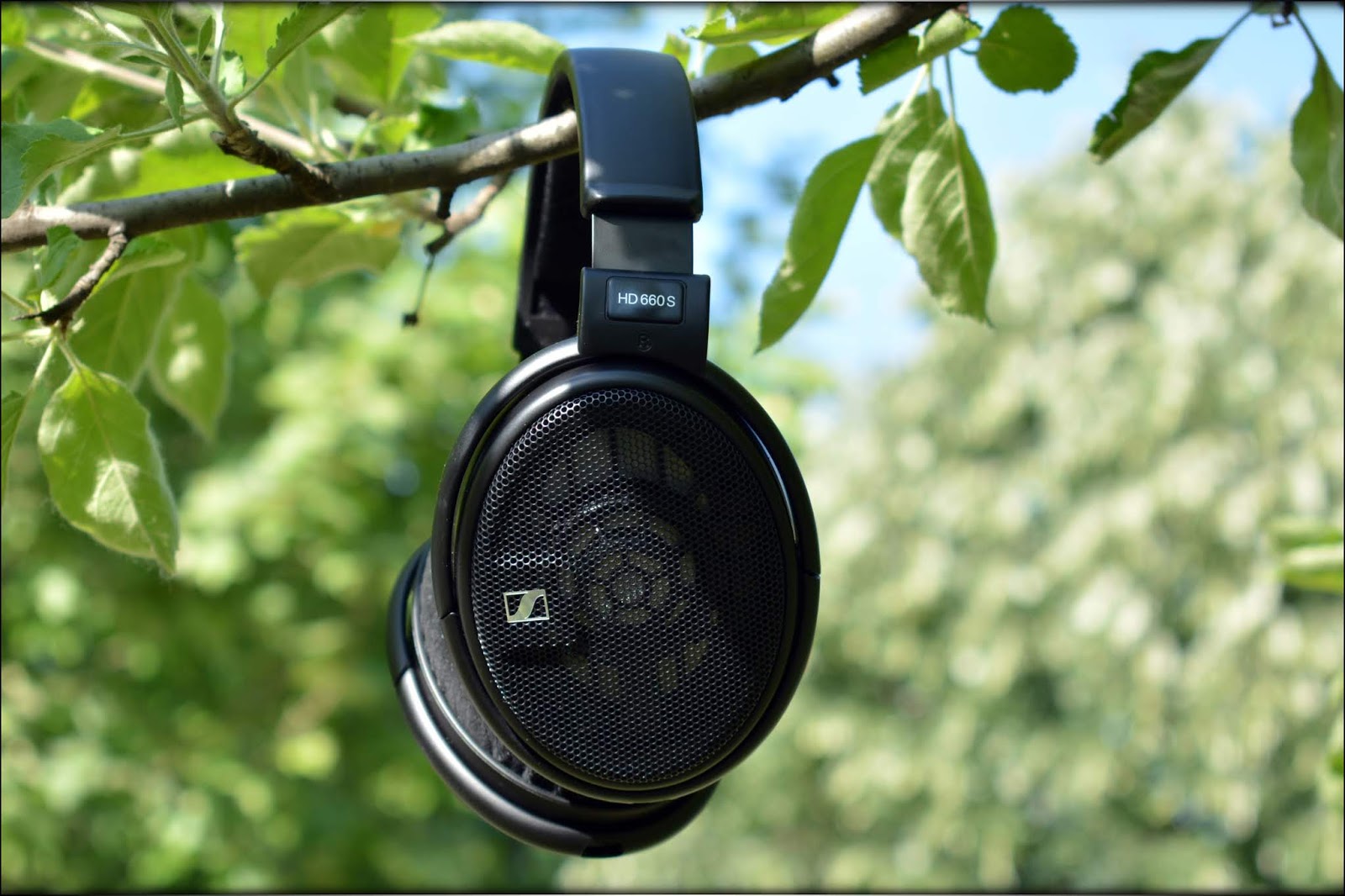
There are no microphonics, and no other issues we were able to notice, but HD660S does not isolate from the outside noise (at all), and most music being played through them will also be heard outside, so they are quite open in this aspect.
Comparisons

Sennheiser HD660S vs Sennheiser HD600 – Sennheiser vs Sennheiser, HD660S feels like a more natural, more refined, more mature, and better looking version of the original HD600. It is easier to drive the HD660S, and it will fit in most situations where HD600 won’t, but HD600 still has the crown of being the fastest of the HD6XX series from Sennheiser.
Sennheiser HD660S vs Sennheiser HD650 – Here, the difference is much higher and much more in the advantage of HD660S, as HD650 doesn’t feel quite as refined, nor as well expressed or as detailed, and as explained in the sonic performance, HD650 feels slightly veiled, as reported by some users. While this veil isn’t quite something to notice if you’re listening just to HD650, if you add HD660S, you can totally notice how everything becomes clearer, more vivid, more dynamic, more expanded in every direction. The smothness and laid-back character of HD650 are something that HD660S doesn’t have quite as much, so if you need the absolutely smoothest and most relaxing headphone of the HD6XX trio, then HD650 is still the king in that aspect, but if you’re looking for the most versatile one, HD660S is pretty much the best choice.
Sennheiser HD660S vs Beyerdynamic Amiron – This is a much more fun comparison to make as Amiron is from Beyerdynamic, and here the differences are much easier to notice. Let’s begin with the package, HD660S comes with less carrying box, while Amiron comes with a carrying box. The cables included are better on HD660S since they come with a balanced cable, which is terminated in the 4.4 Jack, along with a single ended cable. The quality of the cables themselves is pretty similar though. The build quality is quite similar between them, although Amiron has metallic parts in the headband, while HD660S is mostly made of plastic in those areas. Amiron has a much larger earpad, it sits much more comfortable on larger heads and larger ears. This also means that Amiron will fall easier and offers less clamping force, so your choice should be made according to your needs and preferences. The sonic performance is quite different, along with their tuning. HD660S sounds much more natural, thicker, has a leaner and more laid-back sound, where Amiron has a brighter top end, a deeper sound with a larger soundstage, and with a darker midrange. This makes Amiron sound a bit more mature, and it would come off as more suited for music such as Jazz, Classical, Orchestral, but also pop and certain types of metal, where HD660S comes off as better suited for Metal, Rock, Pop and other types of music where a more natural midrange is more important. The other aspect one should consider is the revealing abilities, there is a difference in how Amiron and HD660S reveal the textures, as Amiron is smoother in the textures, despite their brighter treble, they are smooth and lean, where HD660S is more grainy in the treble, and has a tad more texture across the whole range, they tend to provide a more textured sound. Amiron is quite soft in comparison, soft, velvety and relaxing, but with a sparkly treble and a wide/deep sound, where HD660S feels more forward, more textured and more personal. From the two, HD660S feels more like a punk/pop headphone, where Amiron feels more mature and like a better Jazz / relaxing headphone that still keeps a lot of excitement with their treble spark.
Sennheiser HD660S vs Ultrasone Signature DXP – Ultrasone Signature DXP is the last headphone we’re going for in this comparison, and they come at a price point rather similar to HD660S. Starting with the package, HD660S comes in a leather carrying case, which doesn’t quite get our preference over Sennheiser’s storage case because it isn’t much more practical since the leather is quite sensitive, and you’ll still need supplementary protection. The accessories included are comparable, since Signature DXP also comes with two cables, but both are single ended. The largest difference in build quality is that Ultrasone Signature DXP is a closed-back headphone, which is fairly easy to drive, offering an entirely different set of usage scenarios when compared to HD660S. The build quality is quite great on both, both being mostly plastic, but Signature DXP featuring something that looks like glass insertions in the headphone cups. The closed-back design is probably less sensitive to the environment. The comfort is better on HD660S as they have larger and deeper ear pads, where Signature DXP feels smaller on the ears, with slightly shallower ear pads. The biggest difference here is the pad type, as HD660S has a velour-like material on the earpads, where Signature DXP has leather on the pads. The sonic performance is quite different, Signature DXP featuring much more bass, more tactile, more dynamic, more solid, quicker and better textured, a similarly natural midrange performance, and a similar treble performance. In the midrange and the treble, DXP feels leaner and provides a softer presentation, where HD660S might feel slightly more enhanced in the treble, with a bit more bite. The biggest difference between the two there will be in the detail and soundstage though. Signature DXP has a huge soundstage, making HD660S feel more intimate and more personal, where DXP feels quite open and wide. On this note, the detail on HD660S is better, and by a good margin. Simply put, they are more revealing, offering a more transparent window to the music that is being played, where Signature DXP feels more playful and colored, but not more detailed than HD660S. The usage scenarios between the two will be quite different, but if you’re a basshead, then Signature DXP is a much better option than HD660S, which will surely appeal more to those looking for a headphone with a linear / neutral bass. The biggest thing one needs to keep in mind is that both will play music very well, and will work similarly well with similar music, but if you prefer a wider experience, then Signature DXP might be the better choice, while if you’re looking for a more detailed, more mature and more personal experience, then HD660S will be the better choice. We feel like they are made for different people, but still a good to know comparison between the two.
Recommended Pairings
Sennheiser HD660S is quite picky with its AMP and will favor desktop and powerful sources over portable ones. In fact, they are so hard to drive that very few of our portables were able to make them sound loud enough for a satisfying experience, being pretty similar to Amiron in this aspect, although Amiron was quite a bit easier to drive by direct comparison, HD660S being the hardest to drive headphone we reviewed to date. They work very well in 4.4mm balanced mode as well as single ended mode, provided you’re feeding them enough power.
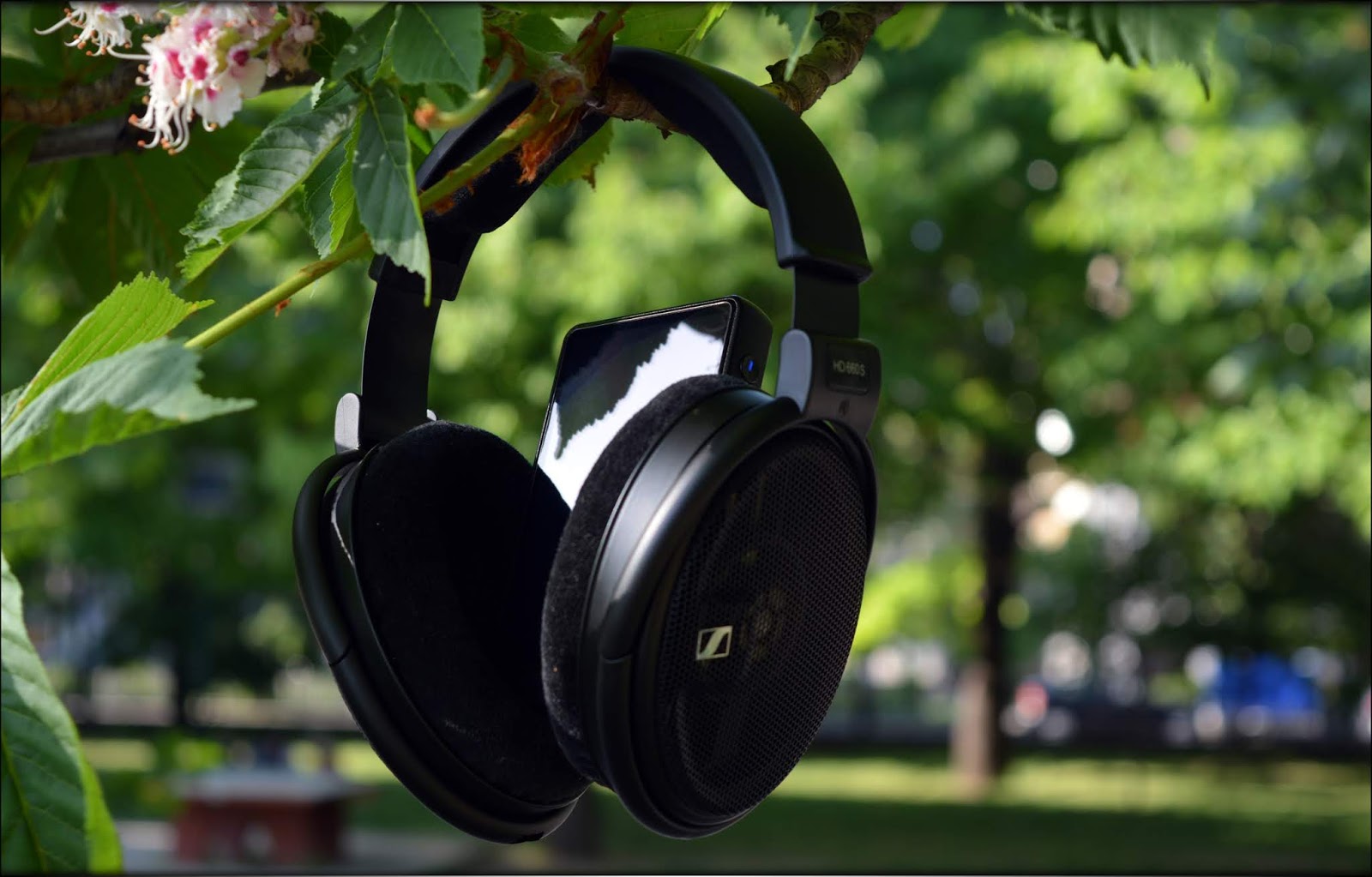
Sennheiser HD660S + iBasso DX200 / DX150 (AMP5) – This is a pretty handy combination, because AMP5 has quite a bit of power and it is able to drive HD660S quite well, providing the versatility of DX200 and DX150 in a pretty portable package. This whole combo is not very inexpensive, but it surely can provide a lot of fun. The sound is generally well balanced, HD660S sounds dynamic, it has a good soundstage and instrument separation, and they have a pretty quick and clean overall sound. The transient response is fairly natural, and textures feel natural.
Sennheiser HD660S + iBasso DX200 / DX150 (AMP4s) – This combo has the same versatility as DX200 and DX150 combined with AMP5, but they have a 4.4mm balanced connector. The balanced connector isn’t quite the reason why they’d sound different, but we consider that the difference in sonics lies within the different amplifier architecture, the improved capacitors and the different power configuration. Basically, we don’t endorse the concept that Balanced is always better than Single ended, but in this situation we like the 4.4mm native balanced connector quite a bit, and the sound is more vivid, more dynamic and has a touch more detail than AMP5, which is still quite great. The AMP4S variation from iBasso is also slightly warmer, more effortless and slightly leaner, so this should be taken into account. Since HD660S may need more bass, this is a welcome improvement.
Sennheiser HD660S + iFi iDSD Black Label Micro – iDSD Micro Black Label is quite the champ when it comes to driving HD660S. The brighter treble spike of iDSD Micro BL adds to the airiness and treble bite of HD660S, thing which is quite welcome and helps bring more life into them, and the strong bass, and especially the X-Bass feature will help those looking for a bassier sound with HD660S. It should be noted that iDSD Micro BL requires a separate source, as it is a DAC/AMP, so you should factor in the cost of another device when planning the listening setup.
Sennheiser HD660S + Burson Play – Burson Play is a great little device created by Burson, a rather loved and well-known company. Play is most an Audiophile-Grade, modular, integrable DAC/AMP for desktop, and especially for desktop PCs. Its power is quite fit for HD660S, and it is a good way to prove that HD660S can sound pretty sweet on a proper desktop-class setup. The beauty of Burson Play comes from the fact that you can integrate it in your PC setup, so you can plug HD660S, or any other audiophile-grade headphone, directly in your battle station, and just enjoy audiophile-grade sound without having more devices on your desk or table. The sonic performance is quite variable with Burson Play, as it allows the user to change its OP-AMPs, but the most basic configuration offers a warm and smooth sound, with a pretty good soundstage, which pairs well with HD660S.
Value and Conclusion
At the end of the day, you’re probably wonder where is the HD6XX line headed towards, and we feel it is headed towards greatness. Sennheiser has shown great respect for their customers, and they have shown improvements organic with their customers demands when releasing the HD660S, which is a more versatile headphone than both the very clean, but slightly clinical sounding HD600, and the too lean and too smooth HD650. They simply made a headphone better than either, one that not only bests both, but will also be hard to beat for a long time to come, as its predecessors were iconic headphones for many years so far.
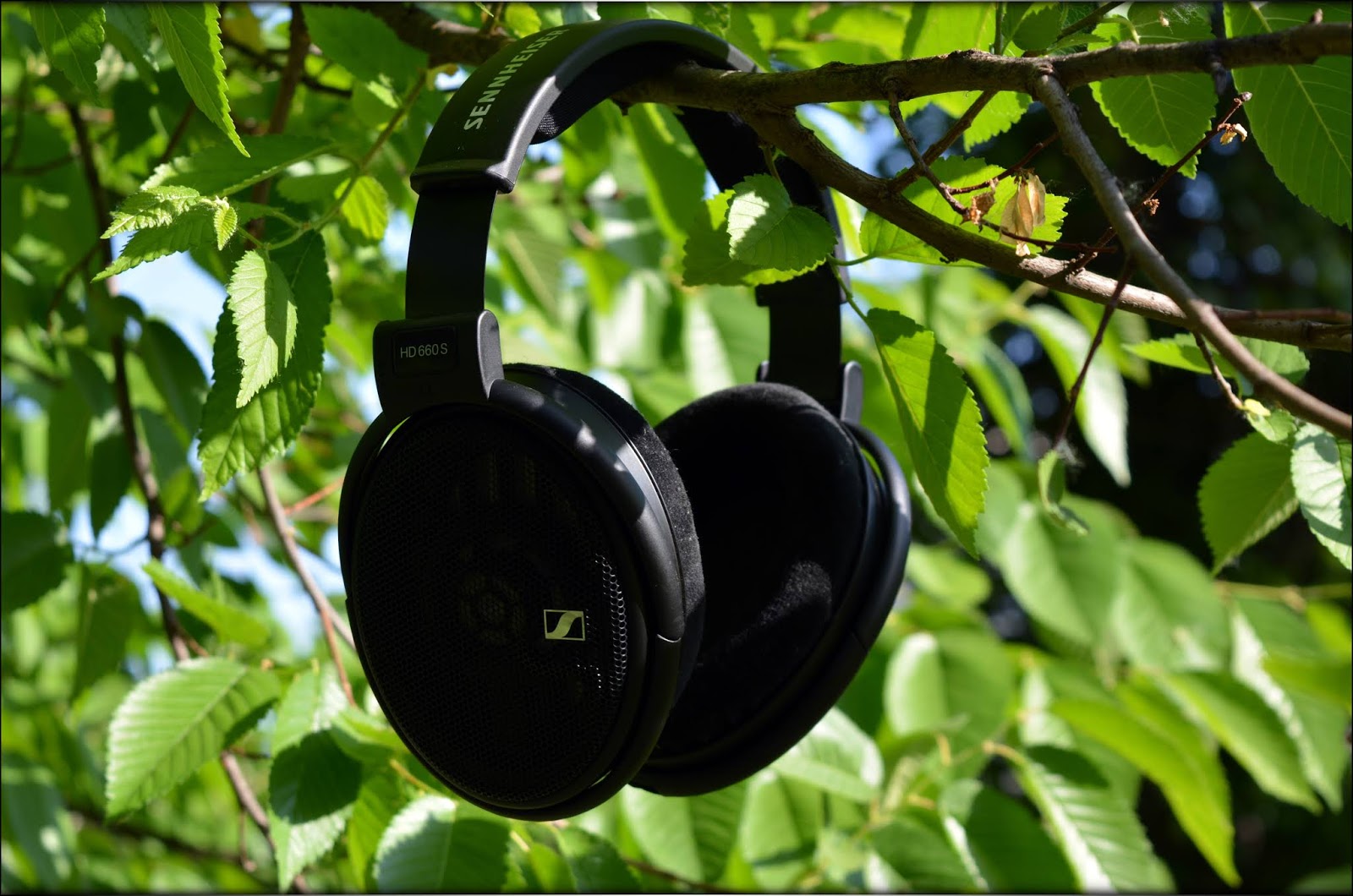
First, we need to consider the value HD660S has at the moment of writing this review. They sell for around 500 USD in most parts of the world, which places them in direct competition with pretty amazing headphones like Beyerdynamic Amiron / DT1990Pro and Ultrasone Signature DXP / Signature Studio.

The package contents of Sennheiser HD660S package are quite good, they come with two cables, one of which is terminated in a 4.4mm balanced connection, currently our favorite type of balanced connector. They also come with a 6.3 to 3.5 mm adapter, so you can plug them in virtually anything, but they eat quite a bit of power, so in the end they will require proper desktop-class amplification for most users. They don’t come with spare pads, or a spare headband, but the quality of the earpads and the headband is quite good and we don’t really expect anyone to require spares soon.
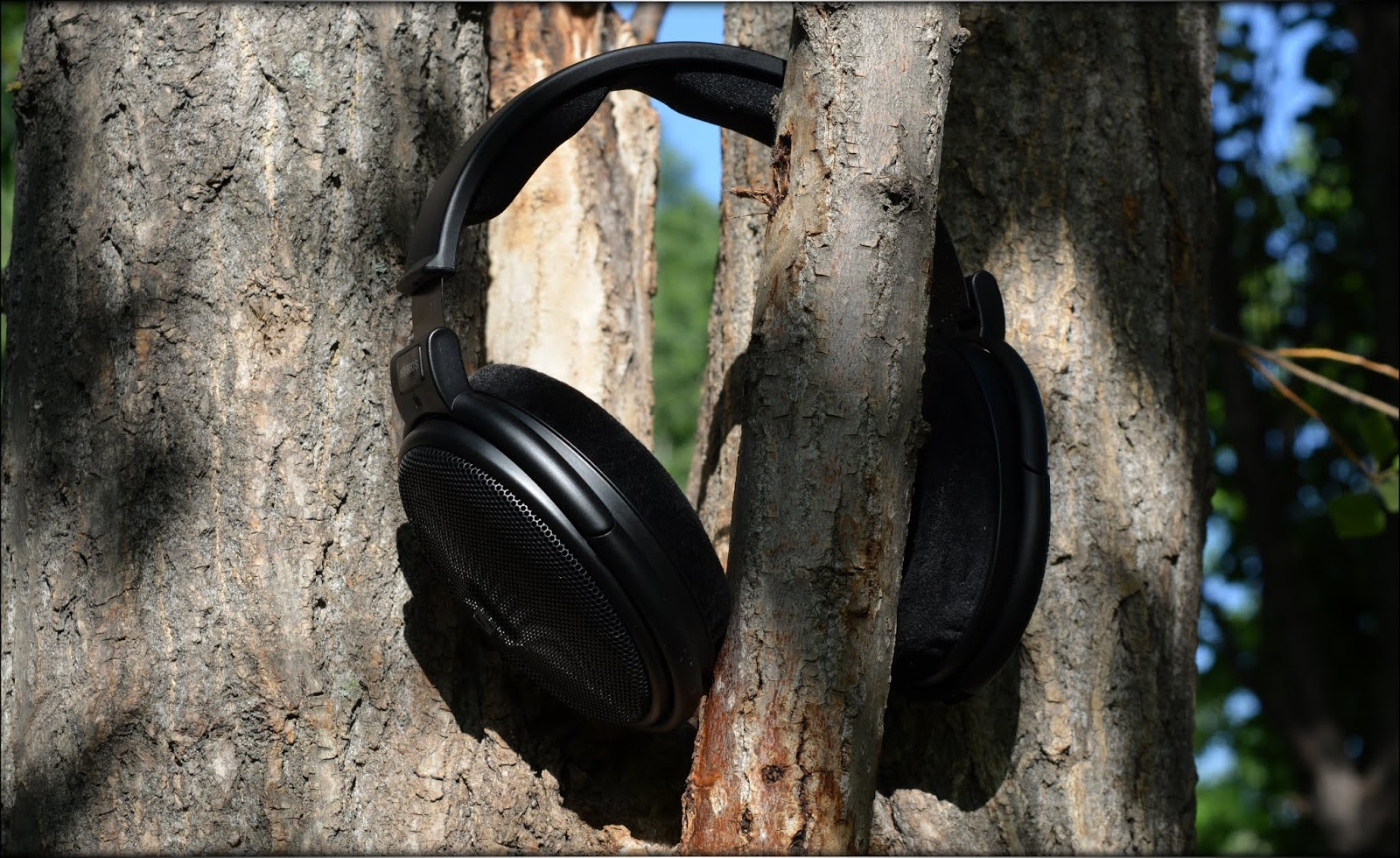
Where the original HD600 and the HD650 were headphones that stood their ground for years, we feel that the new HD660S will also be a headphone to shake the world of music lovers for a long while. The sonic signature of Hd660S takes the best of both worlds, the best of HD600’s sound, and the best of HD650’s sound, and makes a headphone better than both, with the speed and resolution of HD600, the naturalness and effortless sonic reproduction of HD650, with the more romantic bass of HD650 and with the sparklier treble and airier / wider sound of HD600. Basically, it bests both, and becomes a whole new headphone, more versatile, more portable, more comfortable and better built than either the beloved HD600, or the romantic and relaxing HD650.

If you’re looking for an open-back over-the-ear headphone in this price range, there are quite a few options available to you,m and even Beyerdynamic now has wireless versions of their Amiron, so you really have where to choose from, but if you want to experience a headphone with Sennheiser’s pedigree, and if you never heard the HD600 or the HD650, then now is your chance for an even better experience, with the newly released HD660S. Also, if you already own either HD600 or HD650, and if you’re looking to upgrade, now is your chance, as we feel that most people will find HD660S the more versatile, better sounding headphone than either of its beloved predecessors.
Product Link
You can purchase Sennheiser HD660S from www.amazon.com here: https://www.amazon.com/Sennheiser-HD-660-Audiophile-Headphone/dp/B076HP574T
--- Please remember to stay safe, and always have fun while listening to music!---
- If you have a dime to spare, please donate, and help us! It would make the day brighter for me and my wife-
Full Playlist used for this review
We listened to more songs than those named in this playlist, but those are excellent for identifying a sonic signature. I recommend trying most of the songs from this playlist, especially if you’re searching for new music! The playlists are different for Spotify, Tidal and Youtube, and based on the songs I enjoy and are available on each!
https://www.youtube.com/playlist?list=PL_cjBXGmwSHSdGcwuc_bKbBDGHL4QvYBu
https://open.spotify.com/playlist/5J3oloz8Riy9LxEGenOjQ0?si=979ba4f082414be7
https://tidal.com/browse/playlist/330fd544-8e5b-4839-bd35-676b2edbb3d5
--- Contact Us ---






[…] tried it with absolutely everything, including Audeze LCD-5, HIFIMAN HE1000 Stealth, Meze 109 PRO, Sennheiser HD660S, Verum One MK2, iBasso SR3, Erzetich Thalia, Austrian Audio HI-X60. It can drive all of those […]
[…] HD 660S2 is a $599 USD pair of high impedance dynamic headphones, which are a retuning of the Sennheiser HD 660S that I reviewed a few years ago. It will be interesting to explore this new […]
[…] on the Balanced output, both at 32 OHMs. If you have hard to drive, high impedance headphones, like Sennheiser HD660S, or Sennheiser HD800S, then the voltage rating is 6.3Volts over the balanced connector, and 3.2 […]
[…] the ones who created some of the world’s most well-known and most enjoyed headphones, like Sennheriser HD600 (which were previously known as HD580, and which have later known a new version named HD650), as […]
Since getting the schiit jotunhiem with a balanced XLR cable I feel it really brought the hd660s out to their fullest potential.
The sound quality, stage, detail, all of it greatly improved once going balanced with a duel mono dac/amp like the jot.
I'm happt yo help you found a happy place with that setup! I haven't tried the jotunheim personally, but I'm happy to hear it brought a ton of fun to you!
On a fun note, seems that TA10 from xDuoo is also a nice match for HD660S, I didn't have it back when I wrote this review, but since I have it now and could make the test, they spound nice together.
I find the combination of a Pono player with balanced lines by SurfCables paired with the 660s phones are superb for any use, including portable. Plenty of power with headroom to spare. Thanks for the review!
Thank you for your kind words, and good to know!